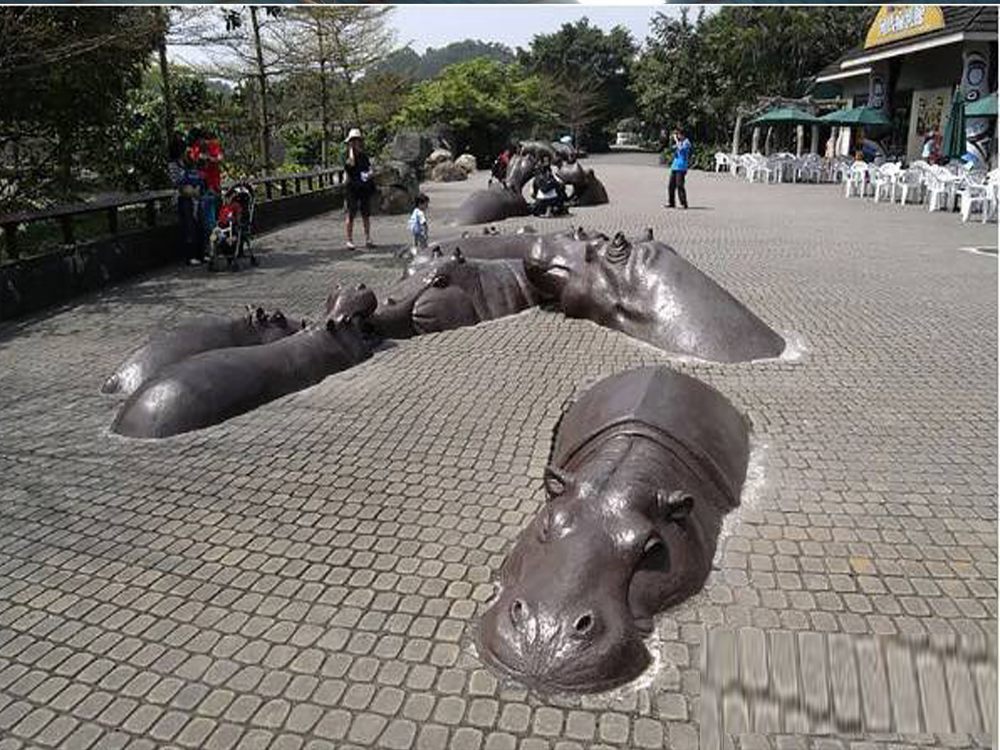
Creating stone sculptures for heritage conservation requires a delicate balance of artistry, historical accuracy, and technical expertise. The first consideration is material selection, as the stone must match the original in composition, texture, and durability to ensure longevity. Traditional carving techniques should be employed to maintain authenticity, using tools and methods consistent with the period of the original artwork.
Environmental factors play a crucial role; sculptures must withstand weathering, pollution, and biological growth. Protective treatments should be reversible to allow future conservation efforts. Documentation is equally important, with detailed records of the sculpture’s design, materials, and techniques used for future reference.
Finally, collaboration with historians and conservationists ensures cultural and historical integrity is preserved. By adhering to these principles, stone sculptures can honor the past while enduring for future generations.

